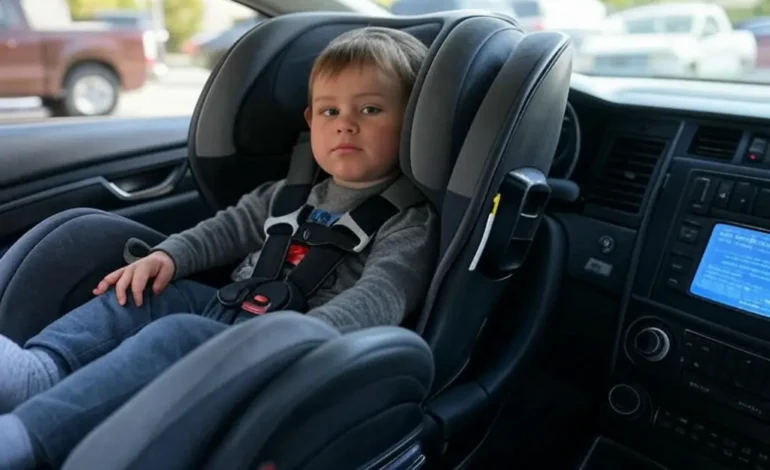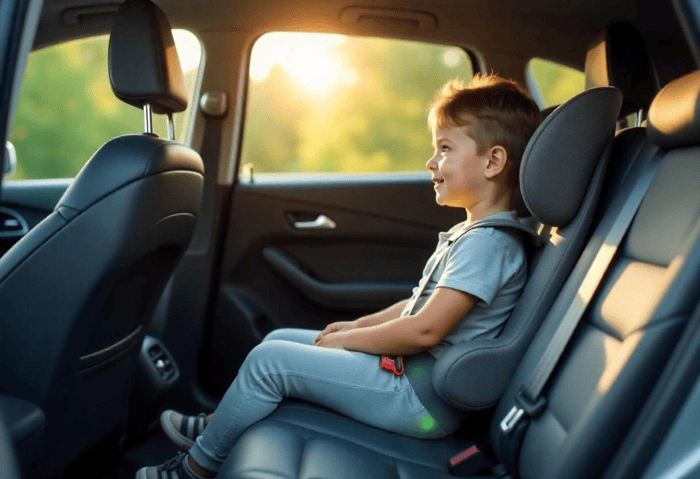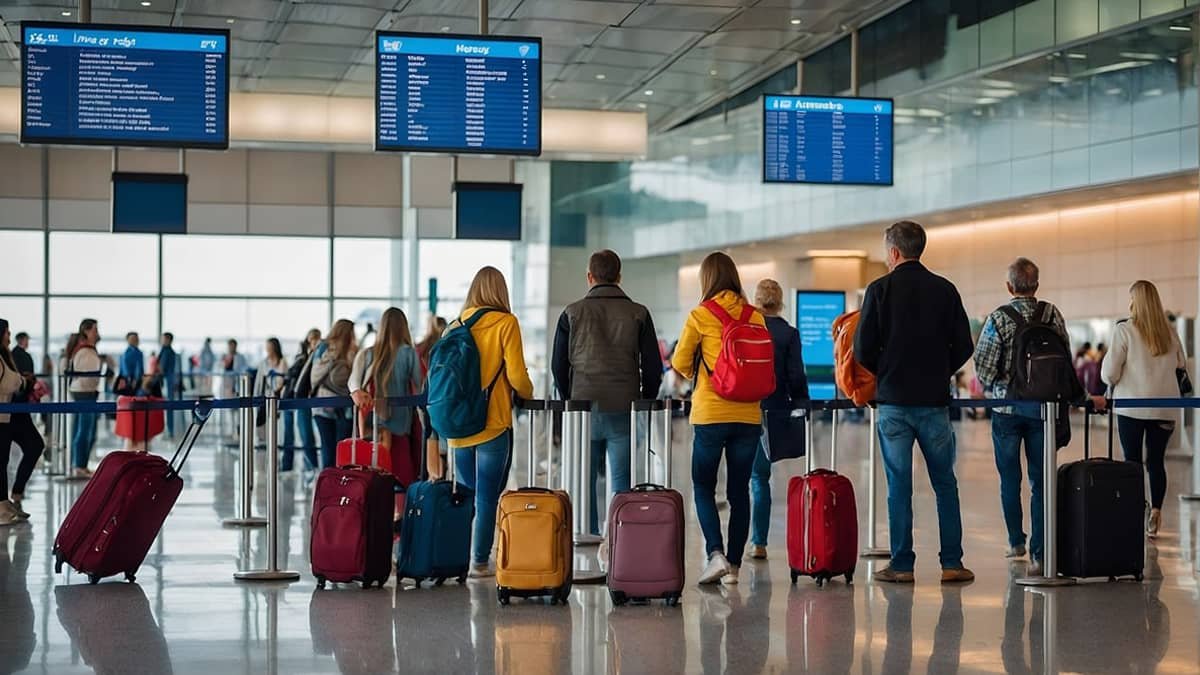Car Child Seat Rules in Malaysia: A Comprehensive Guide

In Malaysia, the safety of children during car travel has become an increasingly important issue. Road accidents remain a significant cause of injury and death among children, prompting the Malaysian government to enforce strict regulations on the use of child car seats, also known as Child Restraint Systems (CRS). This article explores the importance of child car seats, the specific legal requirements in Malaysia, penalties for non-compliance, and practical advice for parents to ensure their children’s safety on the road.
Why Child Car Seats Are Essential
Child car seats are more than just a legal obligation—they are a critical tool for protecting young passengers. The Malaysian Institute of Road Safety Research (MIROS) highlights that children’s smaller size and developing bodies make them especially vulnerable in crashes. Adult seat belts, designed for larger frames, can harm children by pressing improperly against their necks, chests, or abdomens during an accident. Research shows that child car seats, when correctly installed, can reduce injury risk by 71% to 82% and the risk of death by 28% compared to using seat belts alone. These compelling statistics emphasize why child car seats are indispensable for child safety.
Explore More- Car Child Seat Rules in Singapore: A Comprehensive Guide for Parents
Legal Requirements in Malaysia
The Malaysian government made child car seats mandatory starting January 2020, following a six-month awareness period. Below are the key details of the law:
Who Must Use a Child Car Seat?
All children under 135 cm in height must use an approved child car seat when traveling in private vehicles. This height-based rule typically applies to children up to around 12 years old, regardless of age.
Approved Standards
Only child car seats meeting United Nations standards—Regulation No. 44 (ECE R44/04) or No. 129 (ECE R129)—are legally permitted. These seats must feature certification labels, often with a QR code linking to safety and installation instructions. Parents can check MIROS’s official list for approved models.
Installation Requirements
Child car seats must be secured using a three-point seat belt or an ISOFIX system if the vehicle is equipped with one. Two-point lap belts are not sufficient. Additionally, rear-facing seats cannot be placed in the front passenger seat if an active airbag is present, as this could cause severe injury to the child in a collision.
Penalties for Non-Compliance
After the grace period ended in July 2020, enforcement began. Violators can face fines of up to RM2,000 or imprisonment for up to one year. However, enforcement has been inconsistent, with many drivers still unaware of or disregarding the rules.
Explore More- Child Seat Rules in Ireland: A Comprehensive Guide
Types of Child Car Seats
Selecting the right child car seat depends on a child’s age, weight, and height. Here are the main types available in Malaysia:
- Infant Car Seats (Group 0/0+)
- For newborns and infants up to 13 kg (about 12-15 months).
- Rear-facing to protect a baby’s head, neck, and spine.
- Toddler Car Seats (Group 1)
- For children from 9-18 kg (around 9 months to 4 years).
- Forward-facing with a five-point harness for added security.
- Booster Seats (Group 2/3)
- For children weighing 15-36 kg (approximately 4-12 years).
- Elevates the child to ensure the vehicle’s seat belt fits correctly.
- Convertible/Multistage Seats
- Adjustable seats that adapt as the child grows, covering multiple weight groups.
Experts recommend keeping children in rear-facing seats as long as possible—ideally until age two or until they exceed the seat’s height or weight limits—for maximum safety.
Explore More- Child Seat Rules in Germany: Ensuring Safety for Young Passengers
Challenges and Misconceptions
Despite the law, compliance remains low due to several barriers:
- Cost Concerns
High-quality child car seats can cost thousands of ringgit, deterring some parents. However, basic approved seats start at RM200, and booster seats can be found for under RM100. Programs like MYCRS offer subsidies to help low- and middle-income families afford them. - Lack of Awareness
Many parents don’t fully understand the law or the safety benefits of child car seats. Increased public education is needed to bridge this gap. - Cultural Norms
Some believe holding a child or using an adult seat belt is enough. In reality, these practices are dangerous—a child in an adult’s arms can be crushed in a crash, and seat belts alone can injure a child’s smaller frame. - Enforcement Issues
Authorities have prioritized education over strict penalties, leading some to view the rules as optional. Stronger enforcement could improve compliance.

Practical Tips for Parents
To maximize safety, parents should follow these guidelines:
- Choose the Right Seat
Pick a seat suited to your child’s size and check for UN R44 or R129 certification. - Install Correctly
Follow the manufacturer’s instructions precisely. Use ISOFIX if available, and avoid placing rear-facing seats near active airbags. - Secure the Child Properly
Ensure harness straps are snug—below the shoulders for rear-facing seats and above for forward-facing ones. - Avoid Second-Hand Seats
Used seats may have hidden damage or fail to meet current standards, compromising safety. - Set a Good Example
Always wear your seat belt and ensure all passengers are restrained. Children mimic adult behavior.
Conclusion
Malaysia’s child car seat regulations mark a vital step toward reducing child injuries and deaths on the road. Though challenges like cost, awareness, and enforcement persist, the evidence is clear: child car seats save lives. Parents play a key role by complying with the law and using seats correctly. By prioritizing safety and following best practices, they can protect their children on every trip, contributing to a safer future for Malaysia’s youngest passengers.








